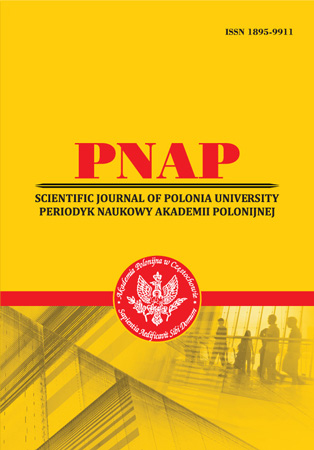TOTAL PHENOLIC AND FLAVONOID CONTENT, ANTIOXIDANT ACTIVITY OF FICARIA VERNA
Abstract
The objective of the present study was to determine the total content of phenolics and flavonoids in ethanol extracts of a plant from the family of Ranunculaceae – Ficaria verna. Harvesting of medicinal plant was carried out in ecologically clean regions of west Ukraine in spring 2020. The extracts were obtained by maceration of grass, leaves,and flowers to compare the content of active substances in different types of raw materials. The total phenolic content was estimated spectrophotometrically using Folin Ciocalteu method. The total flavonoid content was measured by aluminium chloride colorimetric assay. The maximum content of phenolic and flavonoids compounds was observed in the grass Ficaria verna. The antioxidant effects of the extracts were investigated. The Ficaria verna can be regarded as a promising natural plant source of antioxidant effects with a high potential for phytopreparations.
References
2. Do, Q. D. (2014). Effect of extraction solvent on total phenol content, total flavonoid content, and antioxidant activity of Limnophila aromatica. Journal of Food and Drug Analysis, 22, 296-302. DOI:10.1016/j.jfda.2013.11.001. [in English].
3. Gudej J., & Tomczyk M. (1999). Polyphenolic compounds from flowers of Ficaria verna Huds. Acta Pol.Pharm. – Drug Res. 56, 475-476 [in English].
4. Hrodzinsʹkyy A.M. (1992). Likarsʹki roslyny: Entsyklopedychnyy dovidnyk. [Medicinal plants: Encyclopedic reference book]. (pp. 368-369). Kyiv: «Ukrayinsʹka Entsyklopediya» im. M. P. Bazhana, Ukrayinsʹkyy vyrobnycho-komertsiynyy tsentr «Olimp». [in Ukrainian]
5. Karpiuk V., Yuzkiv S., Konechnyi Yu., Zhurakhivska L., Konechna R. (2020) FICARIA VERNA. Analitychnyy ohlyad. [FICARIA VERNA. Analytical review.]. Fitoterapiya.Сhasopys – Рhytotherapy. Magazine, 4, 40. [in Ukrainian]
6. Konechna, R., Khropot, O., Petrina, R., …Gubriy, Z., Novikov, V. ( 2017).Research of antioxidant properties of extracts of the plants and the callus biomass. Asian Journal of Pharmaceutical and Clinical Research, 7, 182–185 [in English].
7. Krvavych, A.S., Hamada, V.R., Konechna, R.T., …Buchkevych, I.R., Novikov, V.P. (2019) Extraction of phenolic compounds from the plant Adonis vernalis. Voprosy khimii I khsmscheskoi tekhnolohii, 5, 54-57. [in Ukrainian]
8. Liakh, V. R., & Konechna, R. T. (2021). Prycladni aspekty zastosuvannia likarsʹkykh roslyn rodyny Ranunculaceae v etnomedytsyni ta farmatsiyi. [Applied aspects of the use of medicinal plants of the family Ranunculaceae in ethnomedicine and pharmacy]. Publishing House “Baltija Publishing”. DOI: 10.30525/978-9934-26-024-7-10 [in Ukrainian]
9. Tomczyk, M., & Gudej, J. (2003). Quantitative Analysis of Flavonoids in the Flowers and Leaves of Ficaria verna Huds. Zeitschrift Für Naturforschung C, 58(9-10), 763–765. [in English].
10. Tomczyk M., & Gudej J. (2002). Quercetin and kaempferol glycosides from Ficaria verna flowers and their structure studied by 2D NMR spectroscopy. Polish Journal of Chemistry. [in English].
11. Skotti, E. (2014). Total phenolic content, antioxidant activity and toxicity of aqueous extracts from selected Greek medicinal and aromatic plants. Industrial Crops and Products, 53, 46- 54. DOI:10.1016/j.indcrop.2013.12.013. [in English].
Abstract views: 685 PDF Downloads: 376







